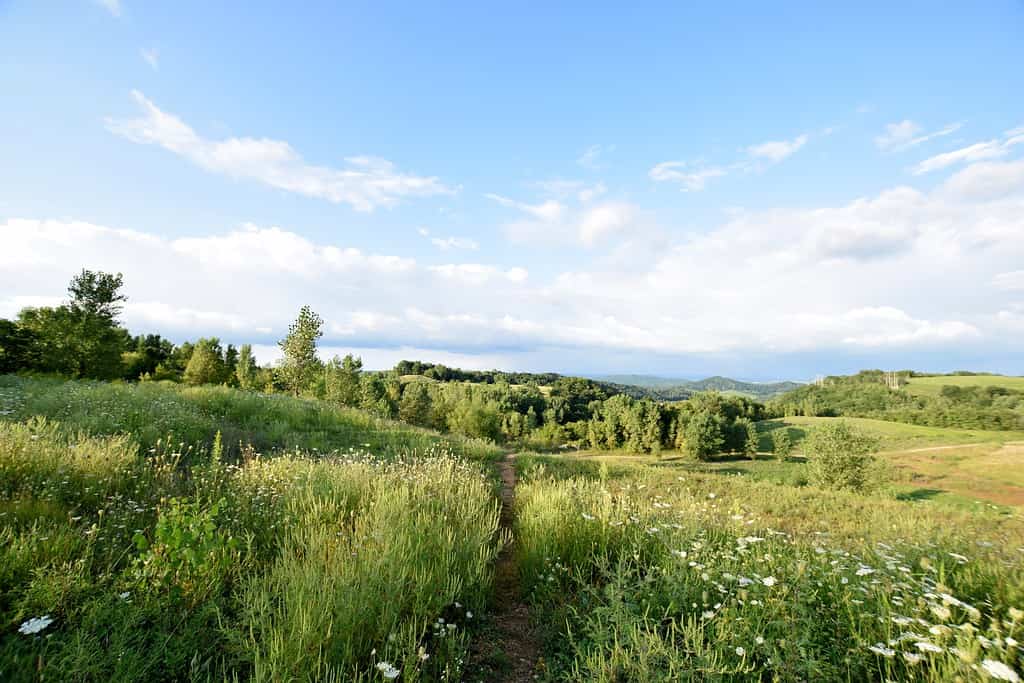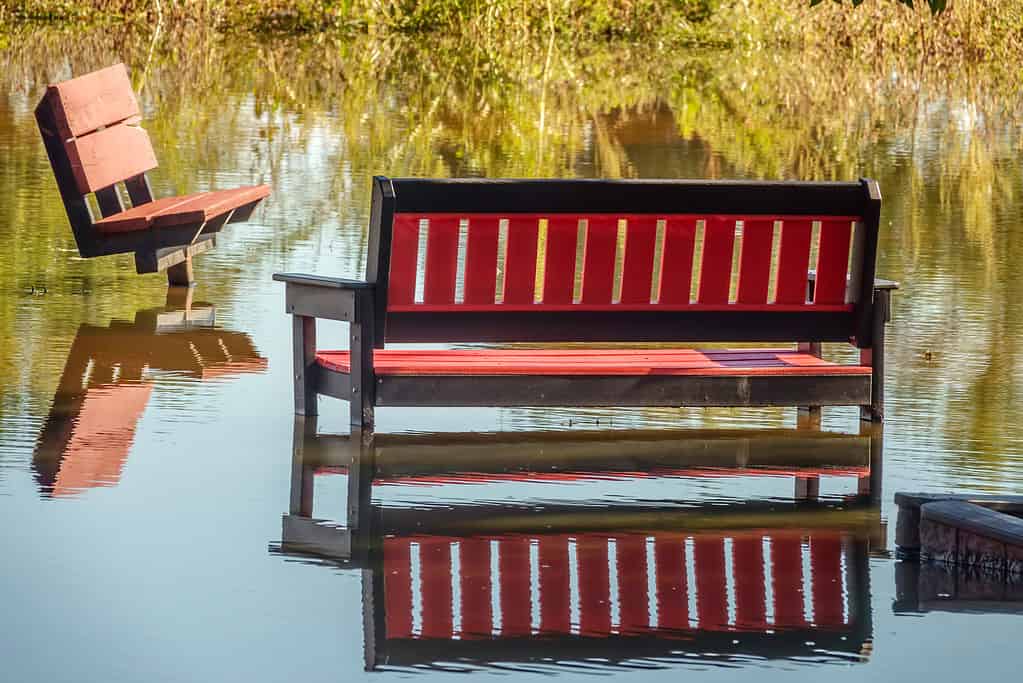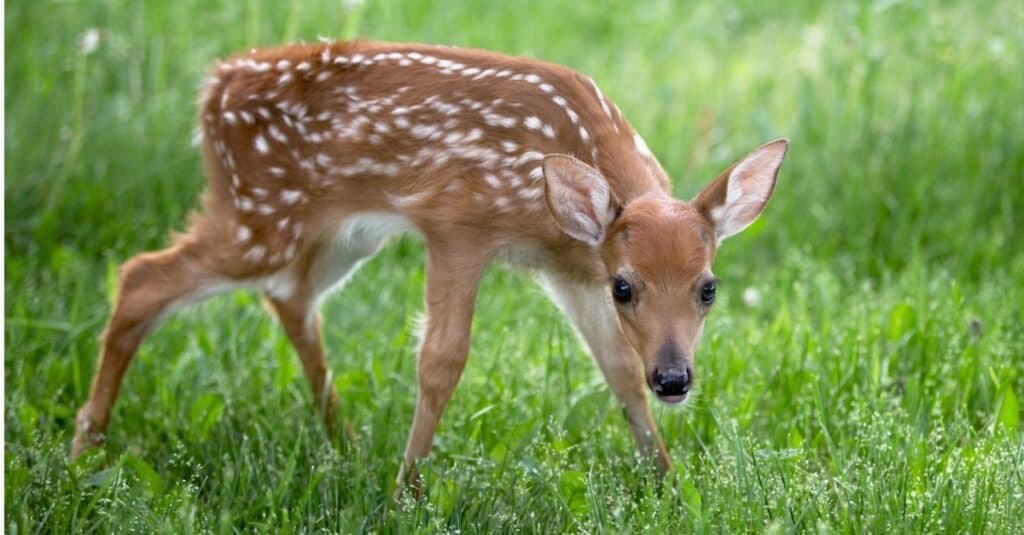Wisconsin is a picturesque state located in the upper Midwest region of the United States. This state is known for its diverse landscape, which includes forests, lakes, and farmland. The state’s climate and geography play a crucial role in shaping its environment, economy, and the lives of its residents. One key aspect of Wisconsin’s climate is its rainfall. It nourishes the state’s thriving agricultural industry, sustains its delicate ecosystems, and contributes to its water resources. In this article, we discover the rainiest place in Wisconsin. We also delve into the city’s rich history, explore its natural beauty, and highlight the various attractions that make it a must-visit location.
Understanding the distribution of rainfall across Wisconsin is essential for various reasons, including:
- The effective management of water resources
- Informed agricultural planning
- Efficient infrastructure development.
Furthermore, with the ongoing impacts of climate change, it is increasingly important to study precipitation patterns and their potential future shifts.
The Rainiest Place in Wisconsin
Gratiot, a charming village in Lafayette County, is the rainiest place in Wisconsin.
It offers a serene escape for visitors and residents alike. This hidden gem is located within the Driftless Region, an area renowned for its unique geological and historical features. The Driftless Region’s landscape, unscathed by glaciation, boasts a distinct topography marked by rolling hills, valleys, and meandering streams. Gratiot serves as an idyllic destination for:
- Nature lovers
- History buffs
- Those seeking a peaceful getaway from the hustle and bustle of urban life.

Gratiot, the rainest place in Wisconsin, is located within the Driftless Region, an area renowned for its geological and historical features.
©Delaney Fuchs/Shutterstock.com
Gratiot’s Precipitation Patterns
Gratiot receives an average annual precipitation of 36.94 inches. Depending on the season, the village sees a combination of rainfall and snowfall. But most precipitation occurs in spring and early summer. Moreover, Gratiot’s location in the Driftless Region can lead to variations in precipitation due to microclimates created by the area’s diverse topography.
Seasonal Precipitation Trends
Each season in Gratiot brings its own unique precipitation patterns. For example, spring is characterized by frequent rainfall, which nourishes the region’s flora and contributes to the vibrant green landscape. Then, summer sees occasional thunderstorms and showers, providing relief from warm temperatures and maintaining the health of local ecosystems. Subsequently, fall brings decreasing rainfall, leading to drier conditions that allow for comfortable exploration of the region’s scenic beauty. Finally, winter in Gratiot is marked by snow and ice events. Snowfall transforms the landscape into a winter wonderland and offers opportunities for snow-based recreation.
Impacts of Precipitation on Local Activities and Tourism
Precipitation in Gratiot can both positively and negatively impact local activities and tourism. For example, adequate rainfall supports the growth of the region’s diverse flora and ensures healthy habitats for local wildlife, enhancing the area’s natural beauty and appealing to visitors. However, excessive precipitation can also lead to flooding or limit access to certain outdoor activities. Visitors should stay informed about local weather forecasts to make the most of their time in Gratiot. They should also be prepared to adjust their plans accordingly, ensuring a safe and enjoyable experience.
Where Is Gratiot Located on a Map?
The village of Gratiot is situated within the town of Gratiot. It is in Lafayette County, about 5 miles north of the Wisconsin border with Illinois. The Cheese Country Trail, a 47-mile multi-use rail trail, goes through the village.
Population of Gratiot
Gratiot’s small population contributes to the village’s close-knit community atmosphere and laid-back lifestyle. The village’s residents take pride in their shared history and enjoy the natural beauty of the surrounding Driftless Region.
Overview of Gratiot’s Population Size
According to the U.S. Census Bureau, Gratiot’s population is estimated at 224 as of 2021.
This size lends itself to a strong sense of community. Neighbors know each other and often come together for local events and celebrations. The village’s modest population also creates a peaceful and relaxed atmosphere. This makes Gratiot an ideal destination for those seeking a quiet escape from more urban environments.
Demographics and Diversity
Gratiot’s population is composed of individuals of European descent, reflecting the historical immigration patterns of the region. The village is home to a mix of families, couples, and individuals of various age groups, contributing to a diverse and vibrant community. While Gratiot’s population may not be as diverse as larger cities, the village’s residents are known for their warm and welcoming nature, fostering a sense of belonging among newcomers and visitors alike.
Community Atmosphere and Lifestyle
Life in Gratiot centers on the village’s rich history, natural beauty, and strong sense of community. Residents enjoy a slower pace of life and engage in outdoor activities. Gratiot’s community atmosphere is characterized by the following:
- Friendly interactions
- Support for local businesses
- Participation in events and festivities that bring residents together.
This welcoming environment makes Gratiot a special place for both its residents and visitors, offering a glimpse of life in a small, close-knit village in the heart of the Driftless Region.
Gratiot’s History
The village of Gratiot has a rich history that dates back to the early 19th century. From its origins as a mining hub to its role in a significant conflict, Gratiot’s past is as fascinating as its natural beauty.
Founding and Development
Founded in the early 19th century, Gratiot is a testament to the region’s vibrant past. The village was named after Charles Gratiot, an American engineer who was instrumental in developing the region’s lead mining industry. Afterward, Gratiot grew as a thriving community centered on mining, with settlers drawn to the area in search of prosperity and opportunity.
Influence of Lead Mining on the Village’s Growth
Lead mining played a crucial role in Gratiot’s growth and development. The lead deposits in the area attracted many miners and their families, leading to a boom in population and infrastructure. As mining activities expanded, Gratiot became an essential hub for transporting lead and other goods, further contributing to its economic growth.
Gratiot’s Role in the Black Hawk War
Gratiot also played a key role in the Black Hawk War. This conflict was between the U.S. and Native American tribes in the early 1830s. The village served as a critical site for military operations, with local settlers providing support and resources to the troops.
Several key events in the war took place in and around Gratiot, including:
- The establishment of Fort Hamilton
- The Battle of Gratiot’s Grove.
Today, these historical sites stand as reminders of Gratiot’s storied past and its role in shaping the region’s history.
Climate in Gratiot, the Rainiest Place in Wisconsin
Gratiot’s climate offers visitors and residents a taste of all four seasons, each bringing its own unique charm and recreational opportunities. The village’s location in the Driftless Region contributes to a climate characterized by distinct seasonal patterns and occasional extreme weather events.
Overview of Gratiot’s Climate
Gratiot experiences a humid continental climate with:
- Warm summers
- Cold winters
- Moderate precipitation throughout the year.
The village’s location in the Driftless Region leads to occasional microclimates, resulting from the diverse topography of hills, valleys, and waterways. As a result, these microclimates can sometimes cause variations in temperature and precipitation across short distances.
Seasonal Climate Patterns
Each season in Gratiot offers unique experiences and opportunities for outdoor activities.
Spring brings warming temperatures and blooming flora, creating an ideal setting for:
- Hiking
- Birdwatching
- Exploring nature.
Summer offers warm and sunny conditions, making it the perfect time for water-based activities like fishing, canoeing, and kayaking on the Pecatonica River.
Fall ushers in cooler temperatures, and the changing foliage paints the landscape with vibrant colors, inviting visitors to enjoy scenic drives and leisurely strolls.
Winter in Gratiot is cold and snowy, offering opportunities for winter sports such as:
- Snowshoeing
- Cross-country skiing
- Ice fishing.
Extreme Weather Events and Precautions
Gratiot, like other parts of Wisconsin, can experience extreme weather events such as:
- Thunderstorms
- Tornadoes
- Winter storms.
While these events are relatively infrequent, visitors and residents must stay informed about weather forecasts and take necessary precautions. In severe weather, local authorities and emergency management agencies will guide on safety measures and precautions to ensure everyone’s well-being.

Floodwaters near Pecatonica River are shown in Gratiot Community Park during September 2018.
©Ken Schulze/Shutterstock.com
Wildlife in Gratiot
Gratiot’s location within the Driftless Region offers an abundance of diverse habitats for various wildlife species. The village’s unique landscape, combined with its lush forests, grasslands, and waterways, provides a haven for numerous animals, making it a paradise for nature lovers.
Types of Wildlife in Gratiot
Gratiot is home to a diverse array of wildlife species, ranging from large mammals like white-tailed deer and coyotes to smaller creatures such as raccoons, squirrels, and rabbits.
The region’s waterways support populations of beavers, muskrats, and minks, while various bird species, including raptors, songbirds, and waterfowl, inhabit its forests and grasslands.
In addition, Gratiot’s wetlands provide crucial habitats for amphibians, reptiles, and insects, contributing to the region’s rich biodiversity.
Wildlife Observation and Photography Opportunities
Nature enthusiasts visiting Gratiot will find plenty of opportunities to observe and photograph the region’s diverse wildlife. Local parks, nature preserves, and trails offer prime locations for spotting animals in their natural habitats, while the Pecatonica River provides an excellent setting for birdwatching and observing aquatic species.
Whether hiking through the woods, paddling down the river, or simply enjoying the peaceful surroundings, visitors to Gratiot are sure to encounter the rich array of wildlife that calls the Driftless Region home.

Nature enthusiasts visiting Gratiot will find plenty of opportunities to observe the region’s diverse wildlife, including whitetail deer.
©iStock.com/Lynn_Bystrom
Plants in Gratiot
Gratiot boasts diverse plant life, with its unique landscape supporting various ecosystems. From lush forests and sprawling prairies to wetlands and riverbanks, the area is home to numerous plant species that create habitats for wildlife and contribute to the region’s scenic beauty.
Types of Plants in Gratiot
Gratiot’s plant life is as diverse as its landscape, with an array of tree, shrub, and herbaceous species populating the region.
The area’s forests are dominated by deciduous trees such as oaks, maples, and hickories, while conifers like pines and spruces can also be found.
Gratiot’s grasslands and prairies feature a mix of native grasses and flowering plants, such as wildflowers, goldenrods, and asters.
The Pecatonica River and its surrounding wetlands are home to various aquatic plants, including cattails, sedges, and water lilies.
Botanical Exploration and Photography Opportunities
Visitors to Gratiot have ample opportunities to explore and photograph the region’s diverse plant life.
Local parks, nature preserves, and trails offer excellent locations for botanical exploration, with each season bringing its own unique display of flora.
Spring and summer bring bursts of colorful wildflowers, while autumn showcases the vibrant foliage of deciduous trees.
Winter, too, has its own charm, with snow-covered conifers and the stark beauty of leafless trees.
Whether taking a leisurely stroll through the woods or capturing the perfect photo of a blooming wildflower, visitors to Gratiot can appreciate the region’s rich plant life and the unique landscape that supports it.
Natural Beauty and Outdoor Activities
Gratiot’s location within the Driftless Region allows visitors to explore a unique landscape brimming with natural beauty. Outdoor enthusiasts can enjoy various activities amidst the area’s diverse flora and fauna.
The Driftless Region’s Distinct Landscape
The Driftless Region stands out for its unusual topography, resulting from the lack of glaciation during the last Ice Age. This geological quirk has left the region with several hills, valleys, and streams, creating a breathtaking landscape for visitors to explore. The diverse terrain offers various habitats for native plants and animals, making Gratiot an ideal destination for nature enthusiasts.
Hiking, Biking, and Birdwatching Opportunities
Gratiot and its surrounding areas boast numerous parks and nature preserves, perfect for outdoor activities such as hiking, biking, and birdwatching. Local trails and paths meander through woodlands, prairies, and wetlands, providing ample opportunities to observe wildlife and take in the scenic beauty of the Driftless Region.
Popular spots include:
- The Pecatonica River Trails
- Yellowstone Lake State Park.
Here, visitors can enjoy picturesque views and a range of outdoor recreation options.
Fishing, Canoeing, and Kayaking on the Pecatonica River
The Pecatonica River, which flows near Gratiot, offers additional outdoor activities for water enthusiasts. The river is well-known for its excellent fishing opportunities, with abundant catfish, walleye, and smallmouth bass populations. Canoeing and kayaking are also popular on the Pecatonica, allowing visitors to explore the river’s winding course and take in the serene beauty of the surrounding landscape.

The Pecatonica River, which flows near Gratiot, offers additional outdoor activities for water enthusiasts.
©TaylorMadePhotography/Shutterstock.com
Key Takeaways
Gratiot, Wisconsin, is a charming village nestled within the heart of the Driftless Region, offering visitors a unique blend of rich history, natural beauty, and warm hospitality.
From its fascinating historical attractions and vibrant local events to the diverse flora, fauna, and outdoor activities available in the area, Gratiot is an ideal destination for those seeking a tranquil retreat and a chance to experience life in a small, close-knit community.
By venturing out to explore the surrounding towns and landscapes, visitors can fully appreciate the allure of the Driftless Region and create lasting memories in this enchanting corner of Wisconsin. Whether it’s a weekend getaway or an extended visit, Gratiot promises a memorable and rewarding experience for all who come to discover its charm.
The photo featured at the top of this post is © The Art of Pics/Shutterstock.com
Thank you for reading! Have some feedback for us? Contact the AZ Animals editorial team.






